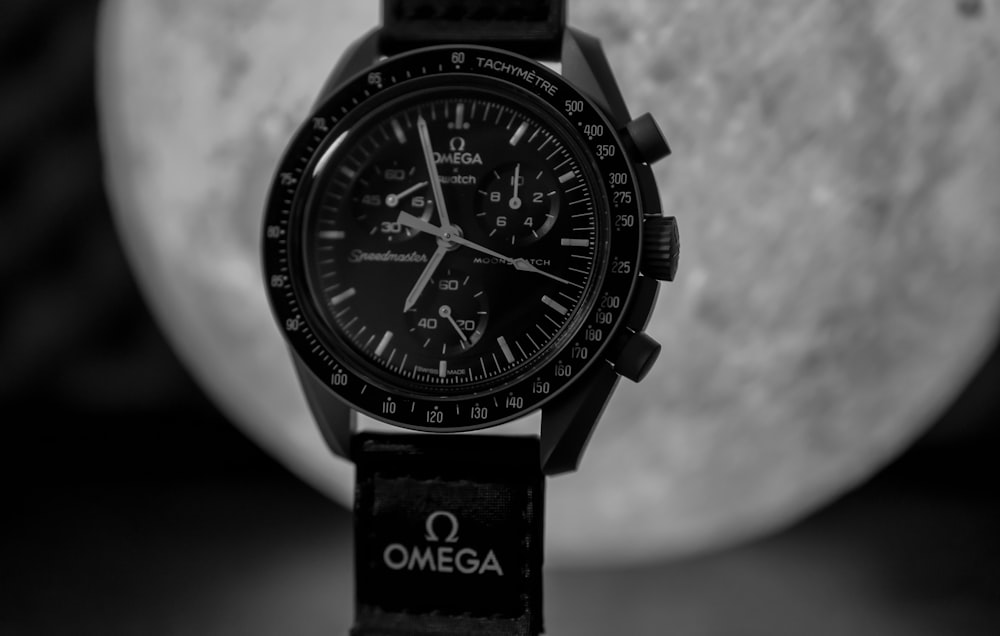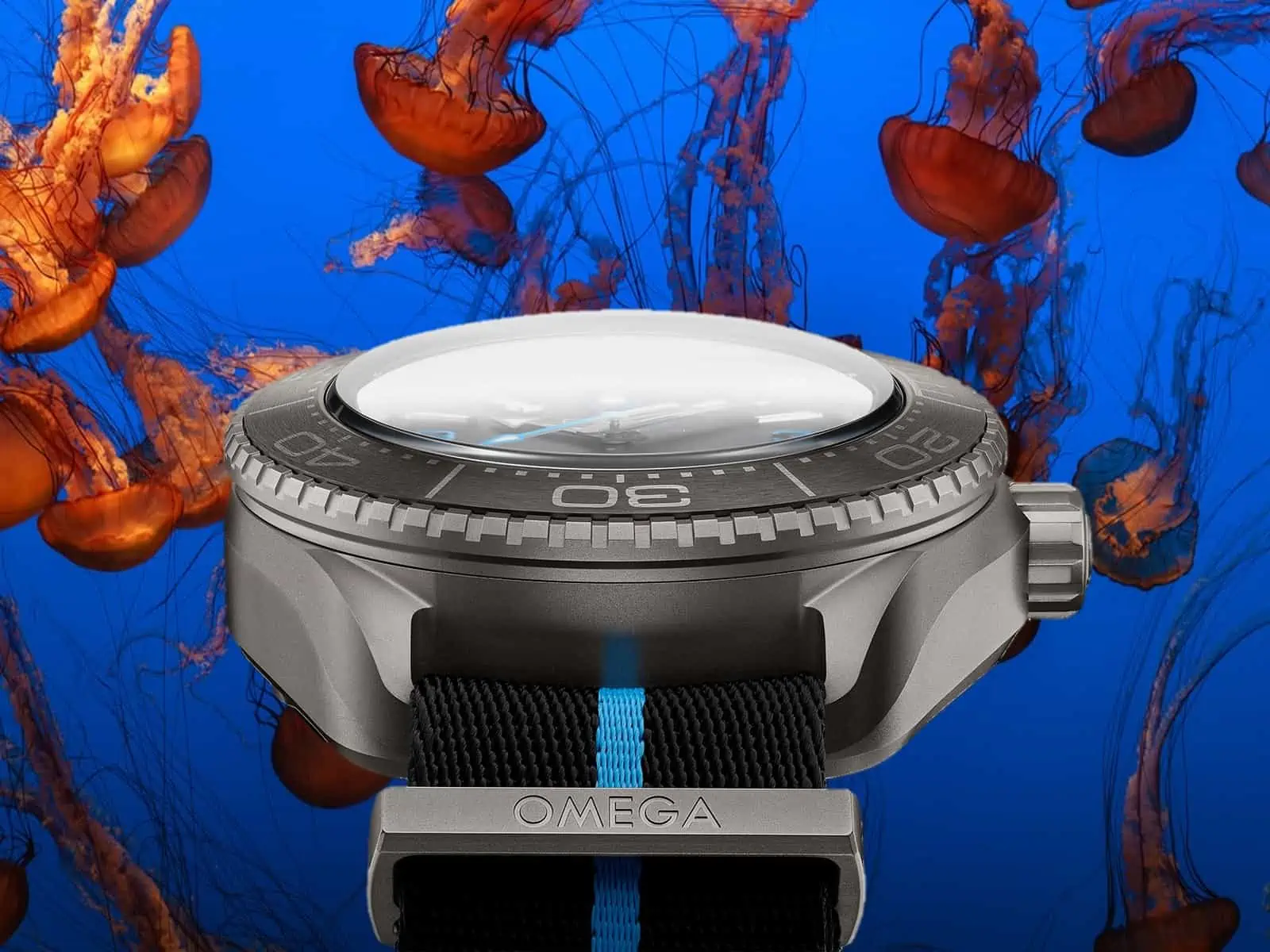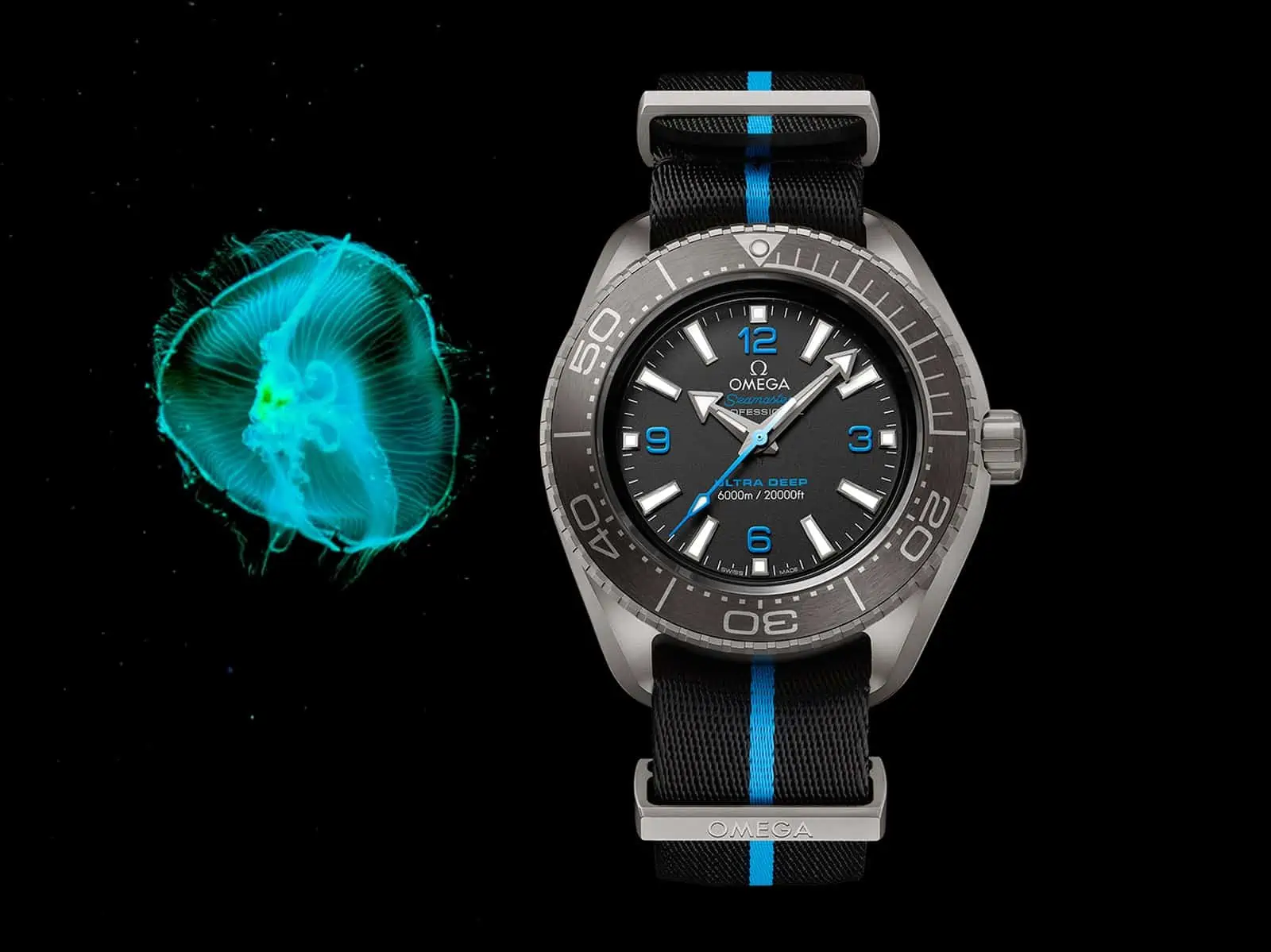Omega Seamaster, decoded — history, models, specs & smart picks.
From the 1948 origins to modern Master Chronometer divers, here’s everything you actually want to know — fast, accurate, and beautifully organized.
Seamaster Q&A
Clear answers with reputable sources.
What is the Omega Seamaster?
The Seamaster is Omega’s longest-running product line (launched 1948), evolving from water-resistant dress watches to purpose-built divers like the Seamaster 300 (1957), Diver 300M, Planet Ocean, and Ultra Deep. The line is also famous for its long association with James Bond since 1995. Sources.
What are the main Seamaster families today?
Aqua Terra (150 m everyday), Diver 300M (300 m classic diver), Planet Ocean (600 m pro-grade), and Heritage pieces like the Seamaster 300, Railmaster, Ploprof, plus Ultra Deep (6,000 m). Sources.
What does “Master Chronometer (METAS)” mean?
After passing COSC, the fully assembled watch undergoes eight METAS tests covering accuracy, power reserve, water resistance, and anti-magnetism to 15,000 gauss. It’s Omega’s modern benchmark for precision and robustness. Sources.
Which Seamaster is best for me?
Everyday/desk diver: Aqua Terra • Iconic diver look: Diver 300M • Spec monster: Planet Ocean 600M • Extreme engineering: Ultra Deep 6000M • Vintage vibes: Seamaster 300 (Heritage). See comparison.
Bond connection?
Since GoldenEye (1995), Bond has worn various Seamasters (notably Diver 300M, Planet Ocean, Aqua Terra). Limited editions and the “No Time to Die” titanium diver followed. Sources.
Typical specs?
Diver 300M: 42 mm, 300 m WR, Co-Axial Master Chronometer Cal. 8800, ~55 h power reserve. Planet Ocean: 600 m WR, HEV, various sizes, often Cal. 8900/9900. Ultra Deep: 6000 m WR with advanced case alloys and domed crystal. Sources.
Common buyer questions
• Aqua Terra vs Diver 300M? AT is sleeker and thinner for suits; 300M brings ceramic bezel, waves dial, and pro diver kit.
• Planet Ocean too thick? Higher depth rating adds thickness; try in person for comfort.
• Accuracy? Master Chronometer targets 0/+5s per day range in practice (after METAS).
• Resale? Strong on core references and Bond-adjacent models; buy what you’ll wear.
Gallery
Self-hosted, high-quality imagery (royalty-free).




Which Seamaster fits you?
Quick side-by-side to narrow your shortlist.
| Model | Use-case | WR | Typical sizes | Movement | Notes |
|---|---|---|---|---|---|
| Aqua Terra | Everyday / office | 150 m | 34–41 mm (var.) | Co-Axial Master Chronometer | Sleek, no dive bezel; “teak” dial motif. |
| Diver 300M | Iconic diver look | 300 m | 42 mm | Cal. 8800 MC | Ceramic bezel; wave dial; Bond connection. |
| Planet Ocean | Pro diving / toolish | 600 m | 39.5–45.5 mm | Cal. 8900/9900 MC | HEV at 10 o’clock; thicker case. |
| Ultra Deep | Extreme engineering | 6000 m | 45.5 mm | Cal. 8912 MC | Record-setting lineage; advanced alloys. |
| Seamaster 300 (Heritage) | Vintage inspired | 300 m | 41 mm | Master Co-Axial | ’50s look; no ceramic bezel insert. |
Specs summarized from Omega documentation and reputable watch publications. See Sources.
Want an email when we add buying tips?
Hook this button to your form tool (Netlify Forms, Basin, or a Google Form).
Sources
For accuracy and further reading.
- Omega Seamaster overview and model list — Wikipedia (with citations).
- Seamaster families (Aqua Terra, Diver 300M, Planet Ocean, Ultra Deep; Heritage) — brand materials & independent reviews.
- Master Chronometer (METAS) testing — expert explainers.
- Diver 300M common specs (42 mm, 300 m, Cal. 8800) — spec sheets/reviews.
- Ultra Deep (6000 m) background and production models — tech features coverage.
- Bond association and models used — film/brand documentation.
Image credits: Wikimedia Commons (CC BY/CC BY-SA) — see captions under each image.